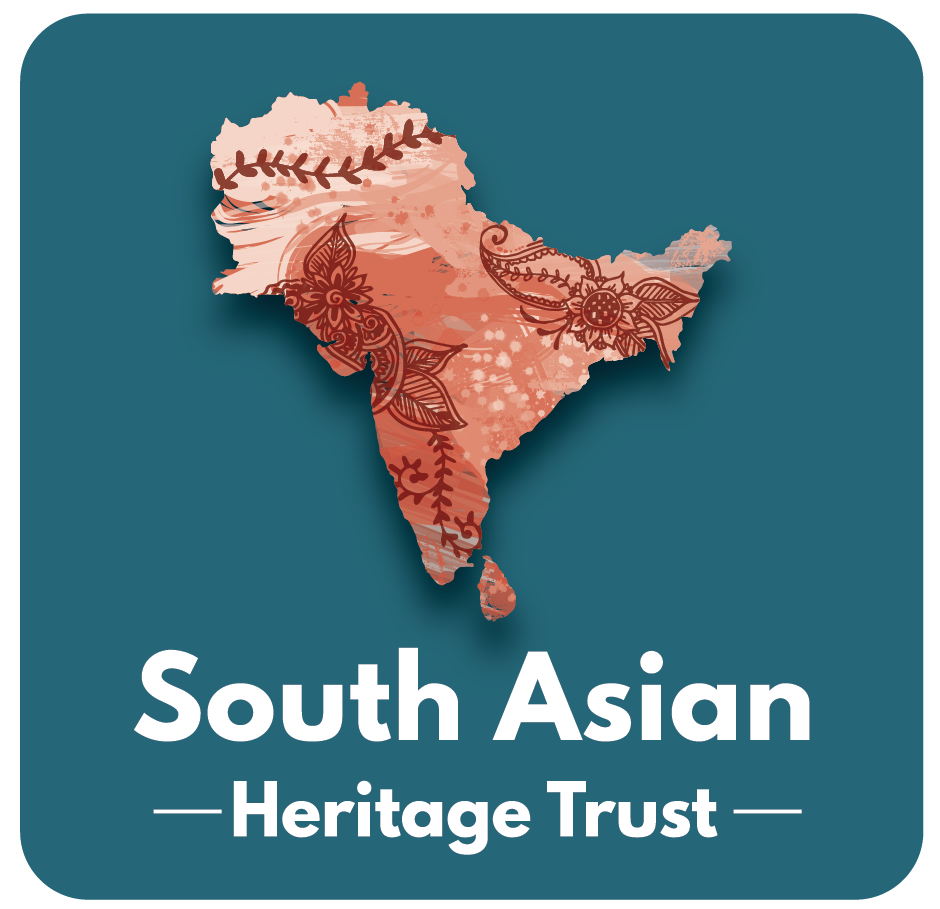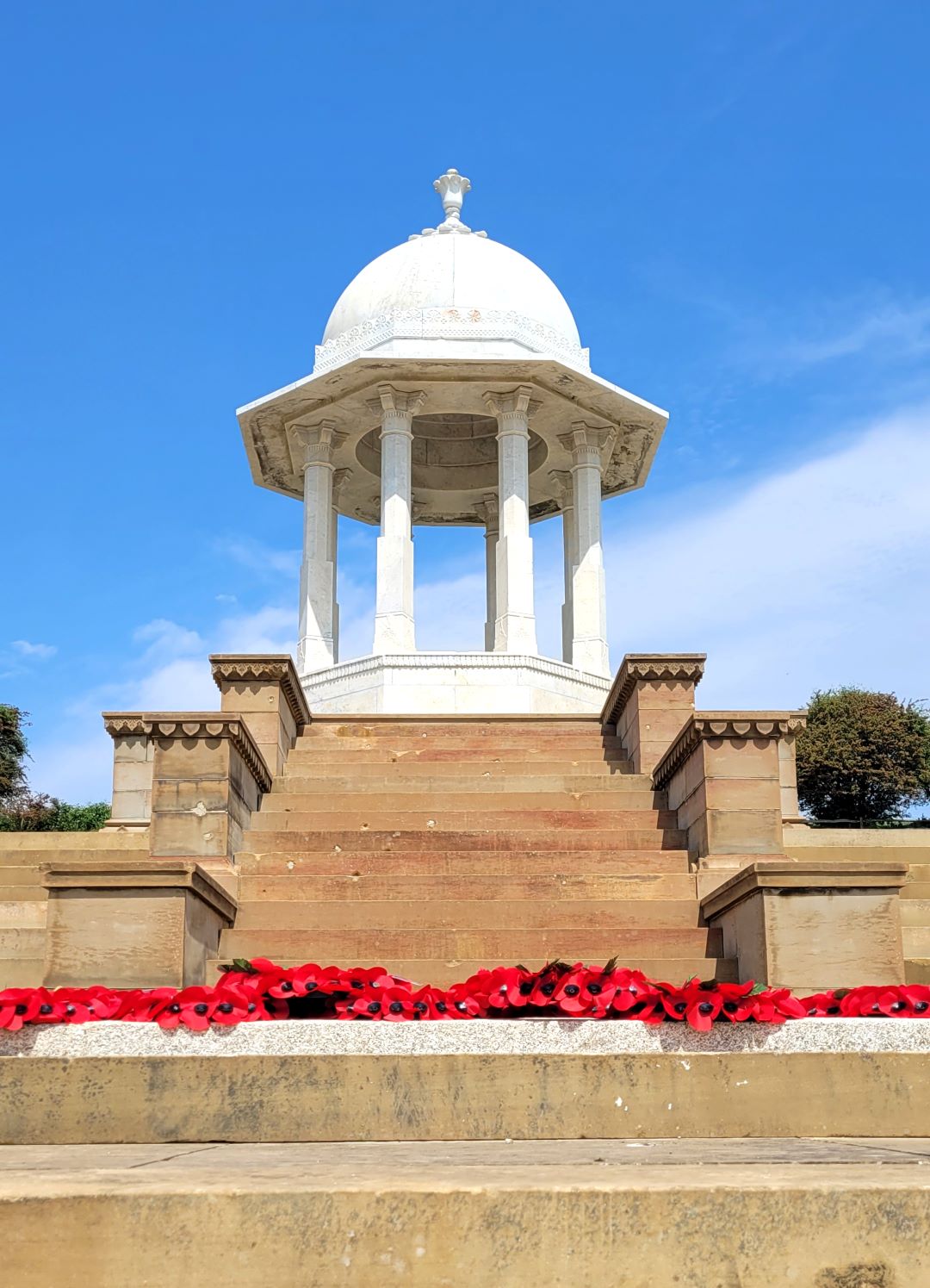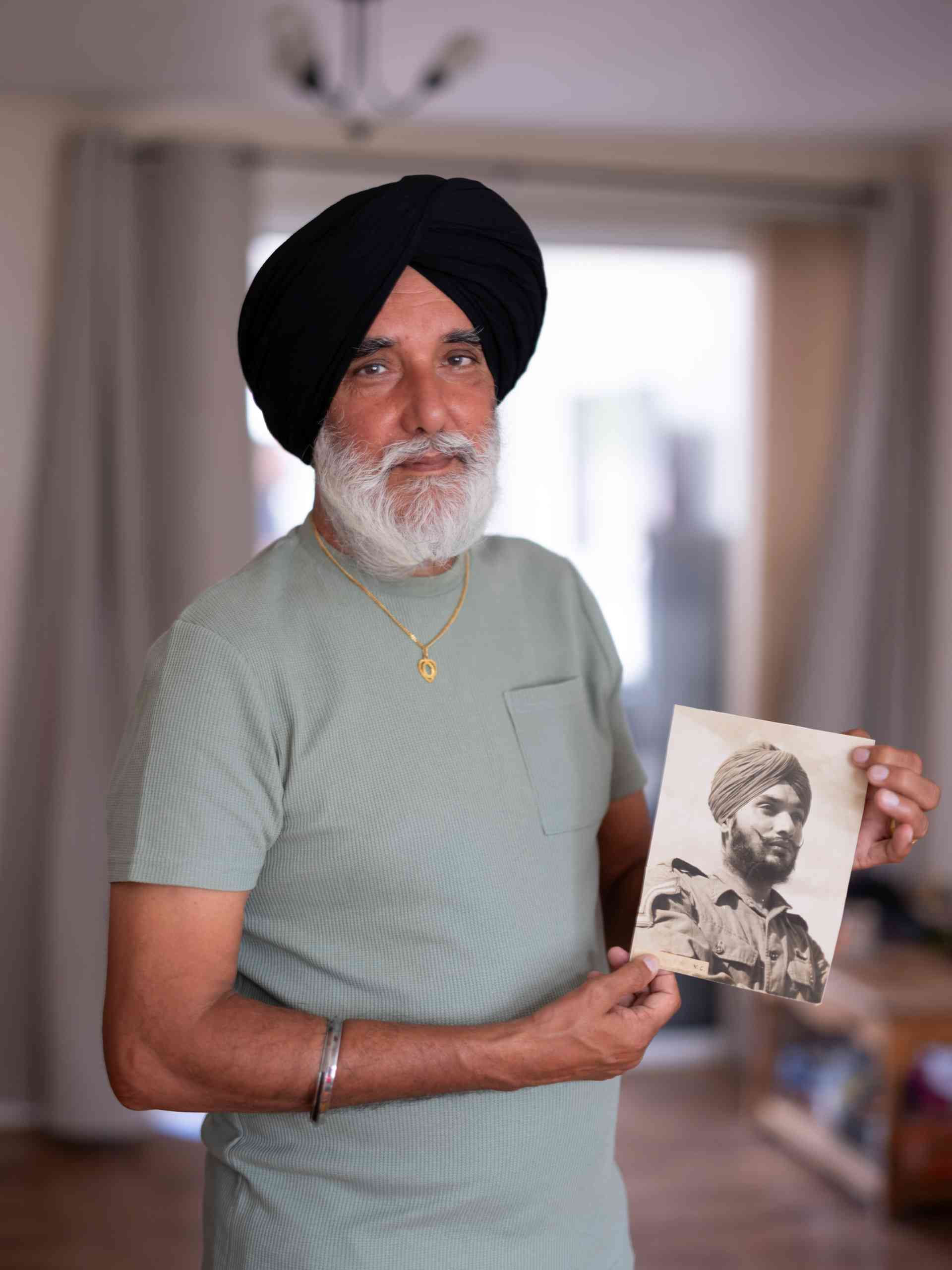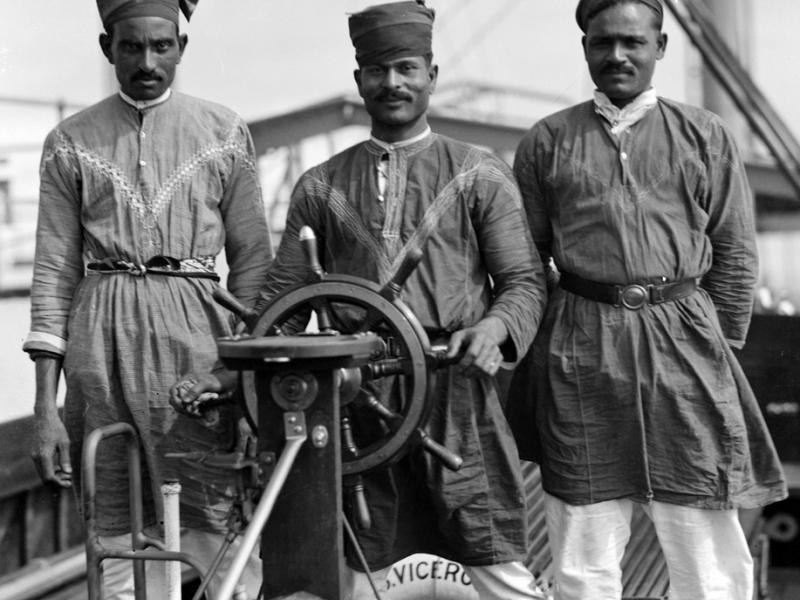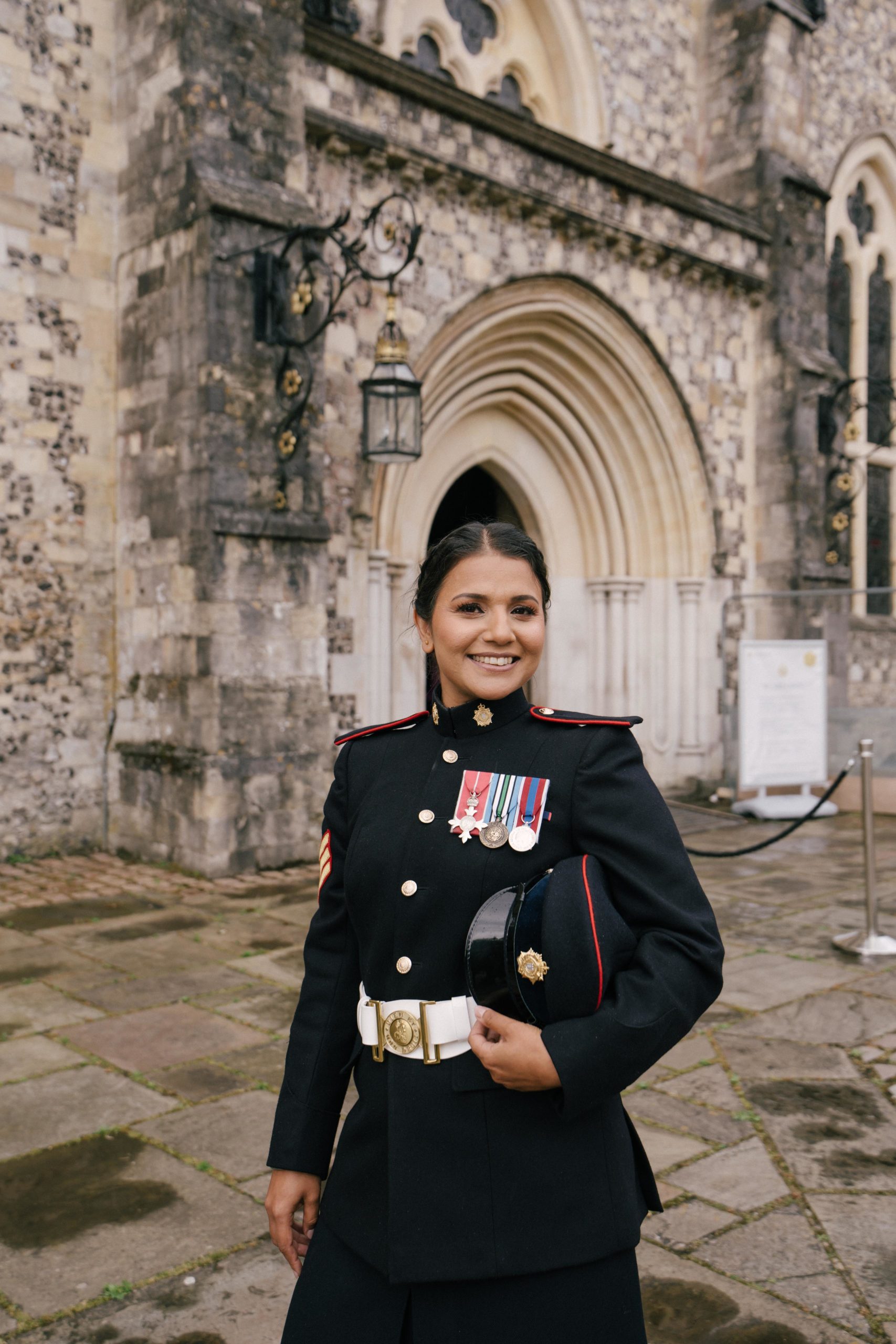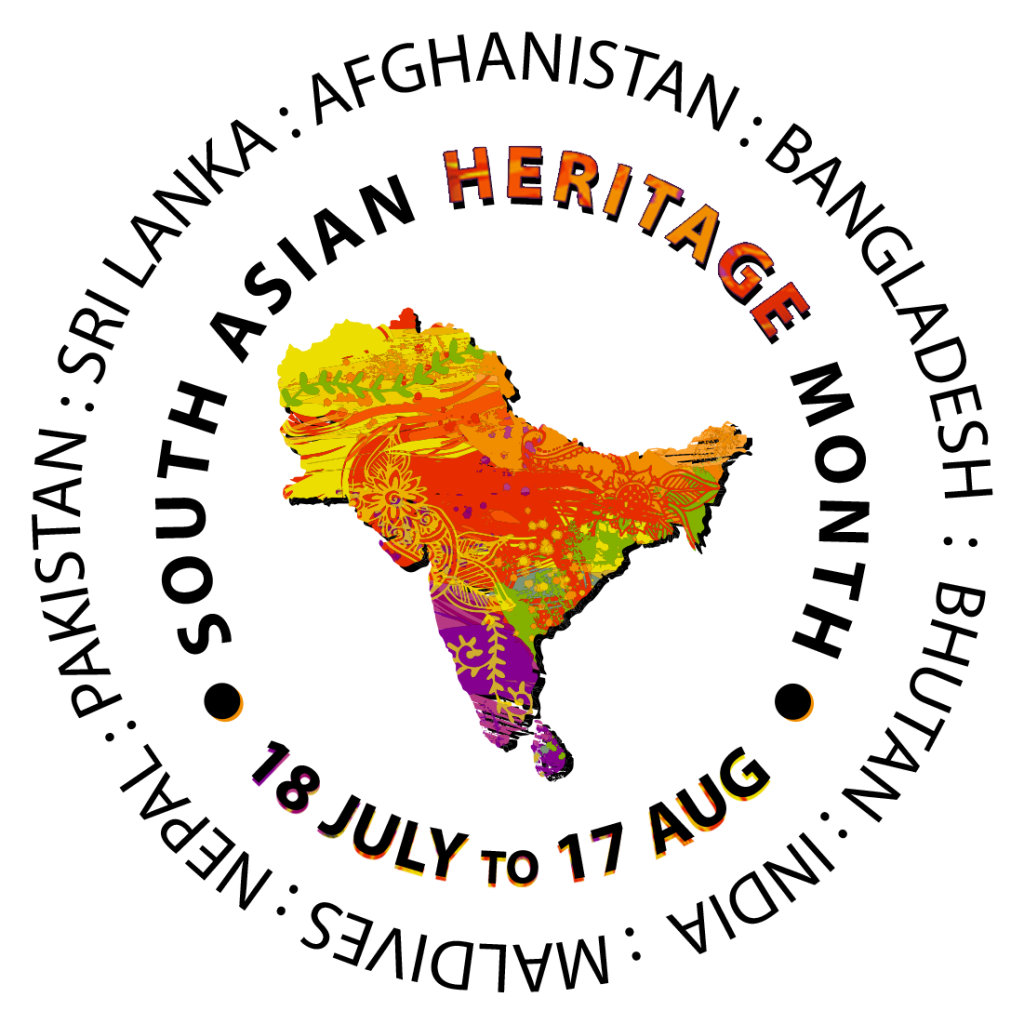Staffordshire: The National Memorial Arboretum has a plethora of memorials that are relevant in honouring the contribution of service and sacrifice of those from South Asian heritage. One such is the memorial bust of a First World War Sikh soldier unveiled in 2015 to remember the over 124,000 Sikh soldiers of the British Indian Army who fought and died in World War I. The Gurkha Chautara memorial is dedicated to all Gurkha soldiers who have served in the British Army. It was officially opened by Her Royal Highness, The Princess Royal, in 2014. The Gurkha Brigade Association holds annual Acts of Remembrance at the Gurkha Chautara, specifically on November 10th.
London: The Gurkha Memorial, the first ever memorial dedicated to Gurkha soldiers in the UK. Unveiled by Queen Elizabeth II in 1997, it is located on Horse Guards Avenue, Whitehall. The bronze statue depicts a Gurkha soldier in a World War I uniform.
Leicester: A Sikh War Memorial statue was unveiled in Leicester’s Victoria Park in October 2022. It honours Sikh soldiers who served Britain throughout various military campaigns.
Sandhurst: Indian Army Memorial Room, within the Royal Military Academy Sandhurst, serves as a tribute to the rich history and sacrifices of Indian soldiers of the British Indian Army. It features artifacts, memorabilia, and displays highlighting their valiant service.
Bristol: A war memorial honouring Sikh soldiers connected to Bristol was unveiled in Castle Park in April 2019. It features a sculpture and a plaque with the names of soldiers who died fighting in both World Wars.
London: The Memorial Gates, also known as the Commonwealth Memorial Gates, honours the armed forces of the British Empire from Africa, the Caribbean, and the five regions of the Indian subcontinent (including India, Pakistan, Bangladesh, Nepal and Sri Lanka) who served in the First and Second World Wars.
Huddersfield: The Huddersfield Sikh Soldier Memorial, unveiled in November 2019, is a bronze statue on a Yorkshire stone plinth. It honours Sikh soldiers of the British Indian Army who fought in the two World Wars.
Brighton: The Chattri memorial, created in 1921, marks the site where the ashes of fallen Hindu and Sikh Indian soldiers were scattered. These soldiers had been hospitalised in Brighton after fighting on the Western Front.
New Milton: Indian war memorial obelisk marks the First World War Indian Army Convalescent Depot at Barton on Sea, unveiled in 1917.
Hampshire: Gurkha Memorial Garden, established in 1997, features a traditional Nepalese resting place called a Chautara. The Chautara displays the regimental affiliations of various Gurkha regiments.
Wolverhampton: Sikhs Regiment Memorial is a 3-meter bronze statue depicting a Sikh soldier and was unveiled in September 2021, close to the Guru Nanak Gurdwara in Wednesfield, Wolverhampton.
Kingussie: The World War Two Force K6 memorial is located in Kingussie, Scotland. It is a permanent memorial dedicated to the men of Force K6, a contingent of the Royal Indian Army Service Corps (RIASC) who served in Britain during the Second World War.
Gravesend: The statue of Squadron Leader Mahinder Singh Pujji is located in Gravesend, England, specifically in St Andrew’s Gardens. It honours Squadron Leader Mahinder Singh Pujji, a distinguished Royal Air Force (RAF) fighter pilot and one of the first Indian Sikh pilots to volunteer during the Second World War.
Smethwick: Lions of the Great War, A 2018 memorial in Smethwick featuring a 10-foot bronze sculpture of a Sikh soldier from the First World War.
Woking: The Woking Peace Garden, a memorial dedicated to Muslim soldiers. Originally established in 1917 as the Woking Muslim Military Cemetery, the bodies of the soldiers were later re-interred at Brookwood Military Cemetery in 1969. The site remained and was transformed into a peace garden in 2015
Aldershot: Gurkha statue at the Home of the British Army, this statue, unveiled in 2021, is a tribute to both serving and veteran Gurkha soldiers. It is a bronze statue depicting Kulbir Thapa VC (Victoria Cross), the first Gurkha recipient of the Victoria Cross.
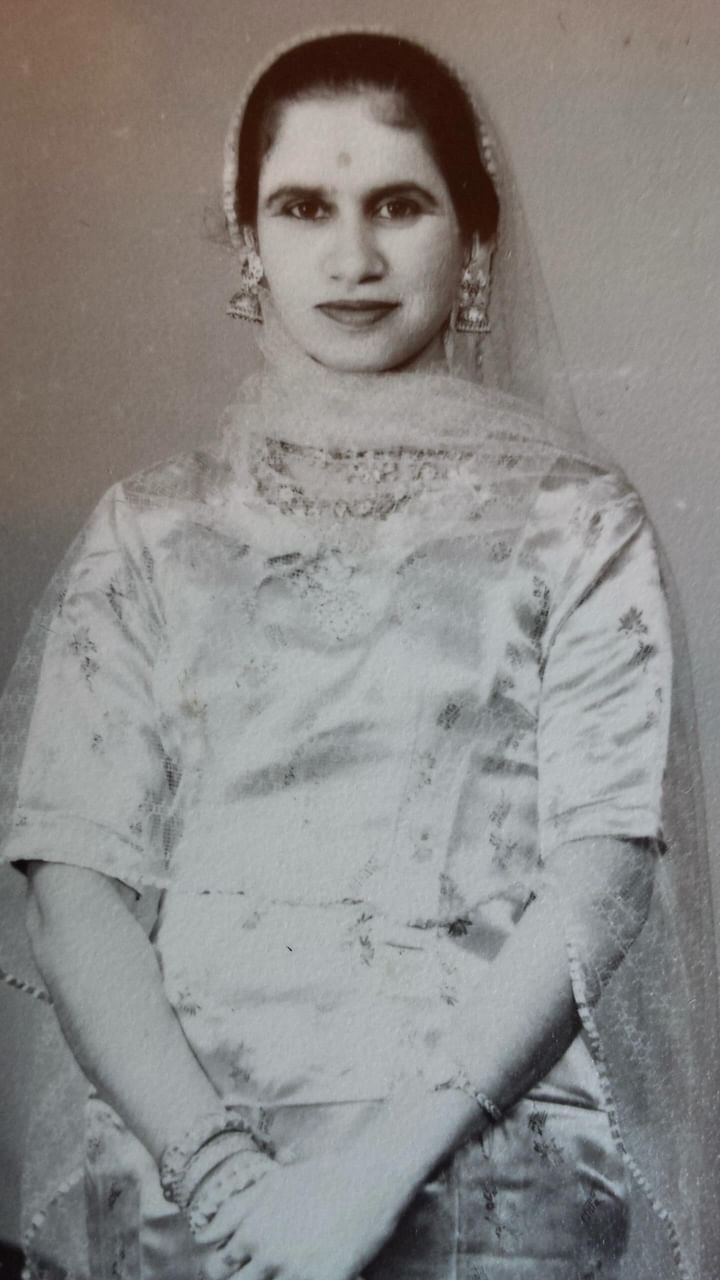
 South Asian Heritage Month dates changed to "July" from 2026 — Learn more here →
South Asian Heritage Month dates changed to "July" from 2026 — Learn more here →
